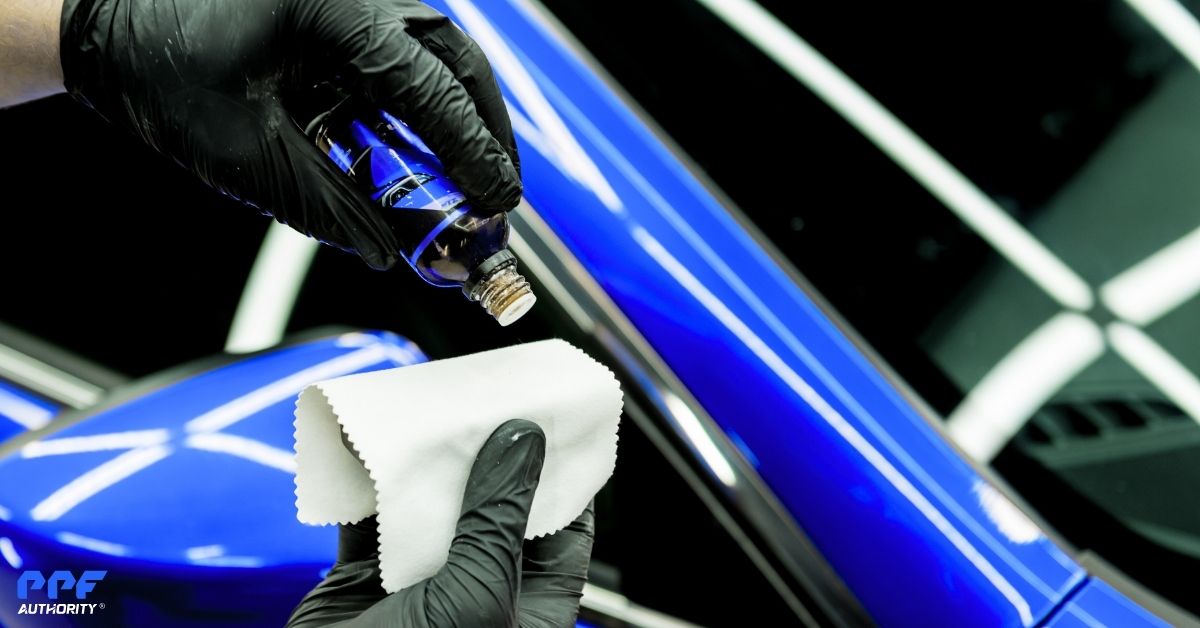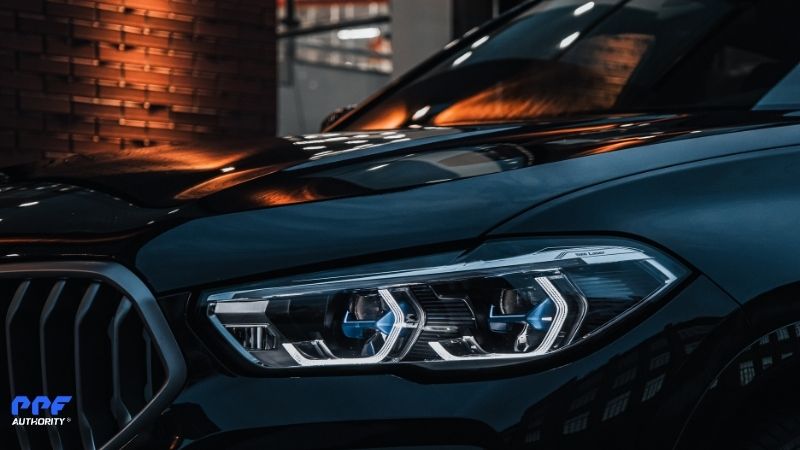If you’re looking to protect your car’s paint and keep it looking like new for years, ceramic coatings might be the solution you’ve been searching for. This innovative technology has gained popularity among car enthusiasts and everyday drivers for its ability to provide long-lasting protection and enhance your vehicle’s appearance.
In this article, we’ll explore what ceramic coatings are, how they work, and why they’re a must-have for anyone who wants to maintain their car’s shine and value.
What Is a Ceramic Coating?
A ceramic coating is a liquid polymer applied to a car’s exterior surfaces. Once cured, it bonds chemically with the vehicle’s factory paint, creating a protective layer that is incredibly durable and hydrophobic. Unlike traditional waxes or sealants, ceramic coatings last for years rather than weeks or months.
Ceramic coatings are designed to:
- Protect your car from environmental contaminants.
- Repel water, dirt, and grime.
- Enhance the gloss and depth of your car’s paint.
This advanced technology originated in the professional detailing world but is now available to everyday car owners through DIY kits or professional services.
The Benefits of Ceramic Coatings
Ceramic coatings offer numerous benefits that go beyond traditional waxes or sealants. Here are some of the key reasons why car owners are choosing this modern solution:

1. Long-Lasting Protection
One of the most significant advantages of ceramic coatings is their longevity. While wax may wear off after a few months, ceramic coatings can last several years with proper maintenance. This durability makes it a cost-effective solution for protecting your car’s paint.
2. Superior Protection Against Environmental Damage
Your car is constantly exposed to elements that can harm its paint. Ceramic coatings provide a robust barrier against these threats:
2.1. UV Rays and Oxidation
Prolonged exposure to the sun’s UV rays can cause your car’s paint to fade and oxidize. Ceramic coatings block UV rays, preserving your car’s color and finish.
2.2. Chemical Resistance
Bird droppings, tree sap, road salt, and acid rain can all damage your car’s paint. A ceramic coating forms a protective layer that prevents these substances from etching into the paint.
2.3. Water and Dirt Repellency
The hydrophobic nature of ceramic coatings ensures that water beads up and rolls off the surface, taking dirt and grime with it. This makes your car easier to clean and helps it stay cleaner for longer.
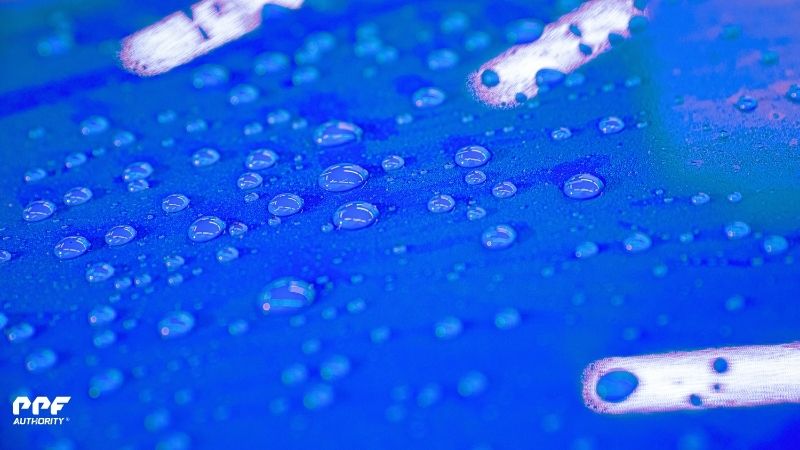
3. Enhanced Gloss and Shine
Ceramic coatings don’t just protect your car—they also improve its appearance.
3.1. Deep, Glossy Finish
A high-quality ceramic coating enhances the depth and clarity of your car’s paint, giving it a showroom-like shine that turns heads.
3.2. Color Enhancement
Whether your car is metallic, solid, or pearlescent, a ceramic coating amplifies the vibrancy of its color, making it look more striking and polished.
4. Easy Maintenance
Ceramic coatings simplify car care by making it harder for dirt and grime to stick to the surface.
4.1. Effortless Washing
Since ceramic coatings are hydrophobic, washing your car becomes quicker and easier. Water and soap glide over the surface, and contaminants rinse off with minimal effort.
4.2. Reduces Need for Waxing
With a ceramic coating, there’s no need to apply wax regularly. The coating itself provides superior protection and shine, saving you time and money in the long run.
5. Preserves Resale Value
A car with a well-maintained exterior is more appealing to potential buyers. Ceramic coatings help preserve your car’s factory finish, preventing scratches, fading, and other damage that can reduce its resale value.
By keeping your car in excellent condition, a ceramic coating ensures that it retains its value for years to come.
Ceramic Coatings vs. Other Options
You might be wondering how ceramic coatings compare to other paint protection methods like wax or paint protection film (PPF). Here’s a breakdown of the differences:
| Feature | Ceramic Coatings | Wax | Paint Protection Film (PPF) |
| Longevity | 2-5 years | 1-3 months | 5-10 years |
| Durability | High | Low | Very High |
| UV Protection | Excellent | Moderate | Excellent |
| Scratch Resistance | Light scratches | None | High |
| Hydrophobic Properties | Yes | Yes | Moderate |
| Cost | Moderate | Low | High |
While wax is affordable and easy to apply, it doesn’t provide the durability or protection of ceramic coatings. PPF, on the other hand, offers superior protection but comes at a higher price point. Ceramic coatings strike a balance between cost, protection, and ease of maintenance, making them an ideal choice for many car owners.
Common Myths About Ceramic Coatings
Despite their growing popularity, there are several misconceptions about ceramic coatings. Let’s address some of the most common myths:
1. Ceramic Coatings Make Your Car Scratch-Proof
While ceramic coatings are highly resistant to minor scratches, they are not completely scratch-proof. Deep scratches from keys or sharp objects can still penetrate the coating.
2. Ceramic Coatings Eliminate the Need to Wash Your Car
Ceramic coatings make your car easier to clean, but they don’t make it self-cleaning. Regular washing is still necessary to maintain its appearance.
3. Ceramic Coatings Are Permanent
While ceramic coatings are long-lasting, they are not permanent. Over time, they can wear down, especially if exposed to harsh conditions or improper maintenance.
Professional vs. DIY Ceramic Coatings
When it comes to ceramic coatings, you have two main options: professional application or a DIY kit.
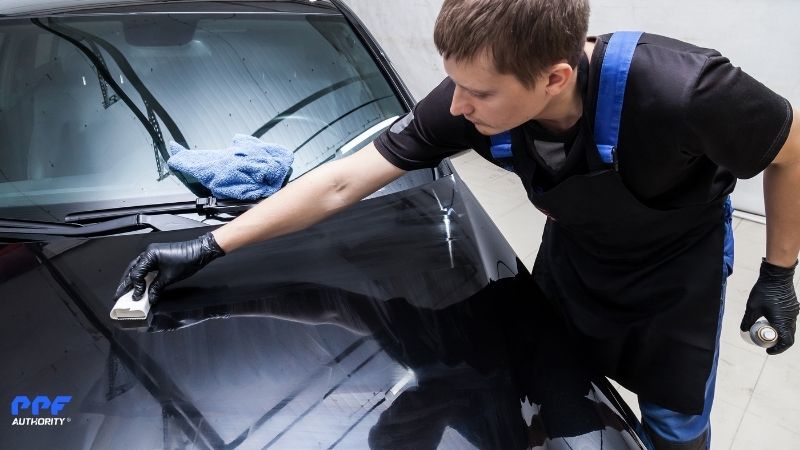
1. Professional Application
Professionally applied ceramic coatings are done by trained technicians who ensure the product is evenly applied and properly cured. These coatings are typically higher-quality and longer-lasting than DIY options, but they come with a higher price tag.
2. DIY Kits
DIY ceramic coating kits are more affordable and allow you to apply the product at home. However, they require careful preparation and application to achieve the desired results. Improper application can lead to streaks, uneven coverage, or reduced effectiveness.
How to Maintain a Ceramic Coating
To get the most out of your ceramic coating, proper maintenance is key:
• Regular Washing: Use a pH-neutral car shampoo to clean your car and avoid harsh chemicals or abrasive materials.
• Avoid Automatic Car Washes: These can damage the coating. Opt for hand washing instead.
• Use a Ceramic Booster: A ceramic spray can help rejuvenate the coating and maintain its hydrophobic properties.
Is a Ceramic Coating Right for You?
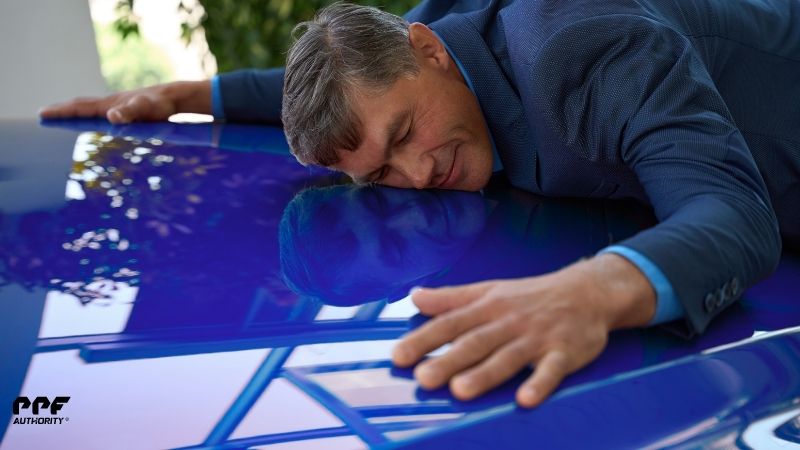
Ceramic coatings are an excellent investment for car owners who want to protect their paint, reduce maintenance, and enhance their vehicle’s appearance. Whether you’re a car enthusiast or simply want to keep your daily driver looking great, a ceramic coating offers unmatched benefits.
By providing long-lasting protection and making maintenance easier, ceramic coatings allow you to enjoy your car without worrying about constant upkeep or damage.
Conclusion
A ceramic coating is more than just a luxury—it’s a practical solution for preserving your car’s beauty and value. With its ability to protect against environmental damage, enhance gloss, and simplify maintenance, a ceramic coating is an investment that pays off in the long run.
Whether you choose a professional application or a DIY kit, taking the step to coat your car in ceramic is one you won’t regret. Protect your investment, save time on cleaning, and enjoy a car that looks as good as the day you bought it.
